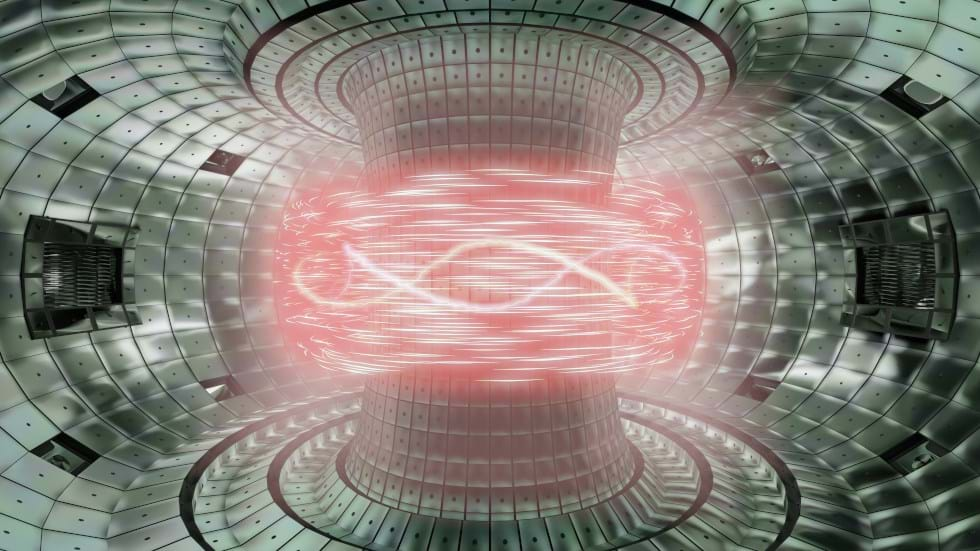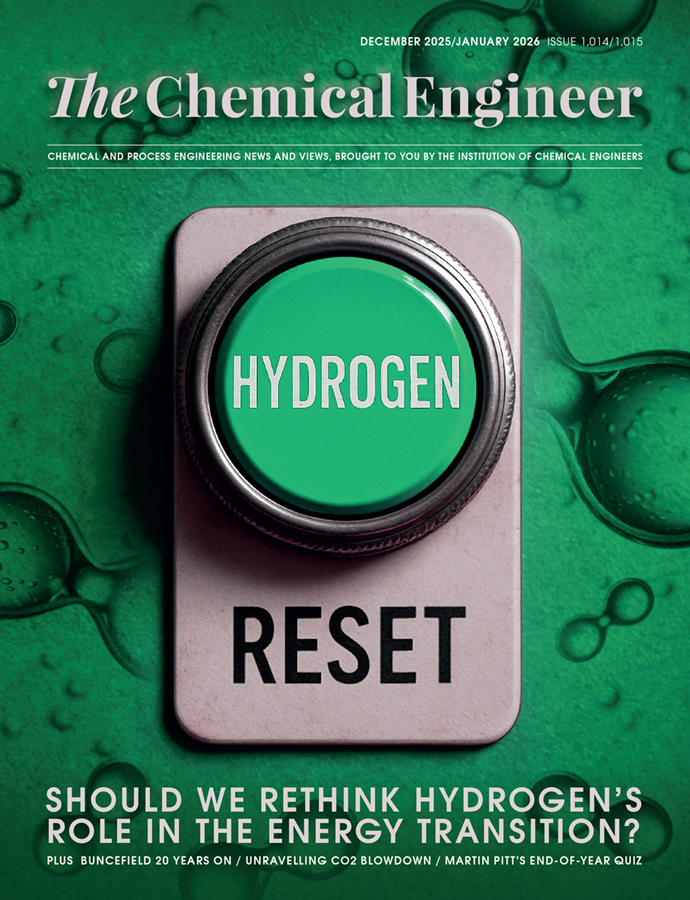UKAEA awards £3.5m to develop the sensors engineers need to operate fusion plants

TECHNOLOGISTS developing sensors to withstand the extreme conditions inside a fusion reactor – providing engineers with crucial operational and maintenance data – have received £3.5m (US$4.6m) to advance their work.
The UK Atomic Energy Authority (UKAEA) has awarded contracts worth up to £250,000 to 13 companies and universities so they can carry out feasibility studies for a range of sensing and diagnostic technologies. They will need to survive the extreme temperatures, high neutron loads, and high magnetic fields created inside a fusion power plant.
Technologies that have received funding include an LED-based Raman spectroscopy analyser being developed by Fraunhofer UK Research to measure the concentration of tritium and deuterium fuel.
Full Matrix is studying the feasibility of using ultrasonic waves to remotely and continuously monitor the condition of internal elements including the pipework inside fusion power plants.
Oxford Sigma has won two contracts: one that seeks to measure the erosion of wall tiles within reactors to prevent failures and inform maintenance activities. And a second for radiation-resistant mirrors that could be used to monitor the superhot plasma at the heart of a fusion reactor.
Diego Martinez de Luca, senior engineer at Oxford Sigma, said: “The development of robust and resilient diagnostic systems is key for the operation and control of future fusion plants. We are proud that our technology has been supported by the Fusion Industry Programme and look forward to proving its feasibility.”
Experts from UKAEA and Tokamak Energy are providing technical advice to the winners to help inform the design and development of their technologies.
Joanne Flanagan, Tokamak Energy’s head of diagnostics, data and control, said: “We’re delighted to see a wealth of variety in the innovative responses to this challenge and are excited to support the projects in our role as technical advisors.
“This challenge is designed to stimulate the innovation needed to address this development, bringing us all one step closer to the goal of delivering clean, secure and affordable fusion energy.”
The UK government aims to build a prototype fusion plant in Nottinghamshire, set to generate power for the national grid in the 2040s.
System.NullReferenceException: Object reference not set to an instance of an object. at ASP._Page_app_plugins_technicallabsadvertbannerinnerpicker_editor_cshtml.Execute() in C:\Websites\Production\IChemE\TheChemicalEngineer\Website\app_plugins\technicallabsadvertbannerinnerpicker\editor.cshtml:line 25 at System.Web.WebPages.WebPageBase.ExecutePageHierarchy() at System.Web.Mvc.WebViewPage.ExecutePageHierarchy() at System.Web.WebPages.WebPageBase.ExecutePageHierarchy(WebPageContext pageContext, TextWriter writer, WebPageRenderingBase startPage) at Umbraco.Core.Profiling.ProfilingView.Render(ViewContext viewContext, TextWriter writer) at System.Web.Mvc.Html.PartialExtensions.Partial(HtmlHelper htmlHelper, String partialViewName, Object model, ViewDataDictionary viewData) at ASP._Page_Views_Partials_grid_technicallabs_base_cshtml.Execute() in C:\Websites\Production\IChemE\TheChemicalEngineer\Website\Views\Partials\grid\technicallabs\base.cshtml:line 19
Recent Editions
Catch up on the latest news, views and jobs from The Chemical Engineer. Below are the four latest issues. View a wider selection of the archive from within the Magazine section of this site.




